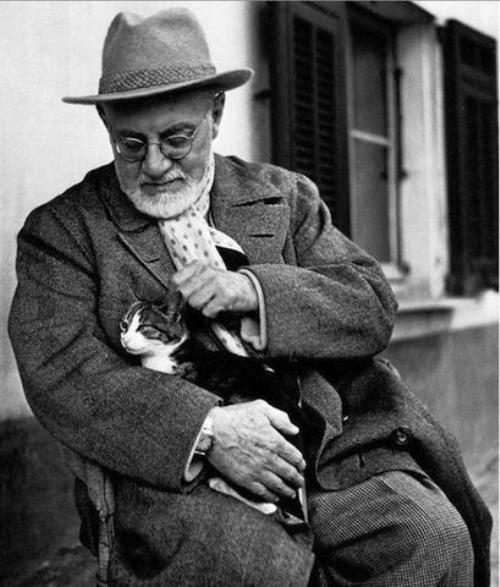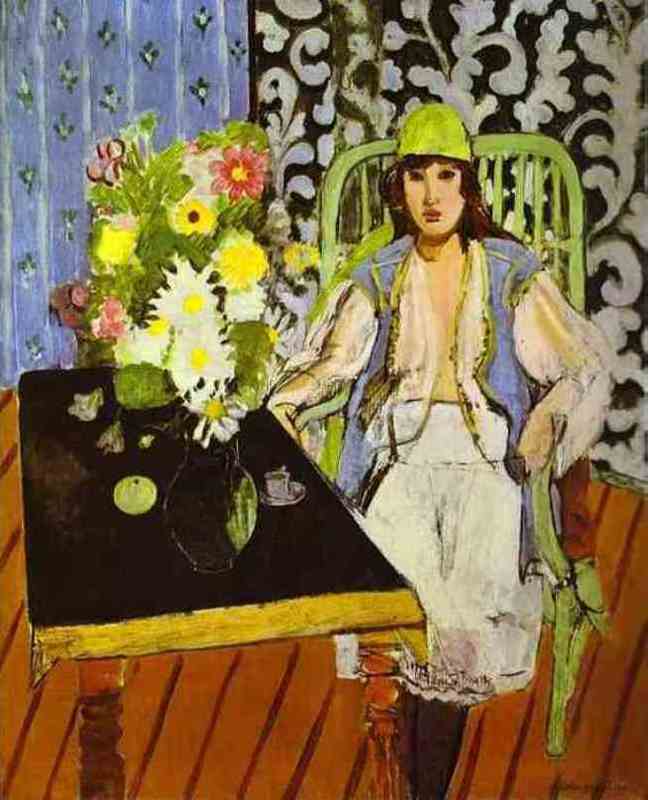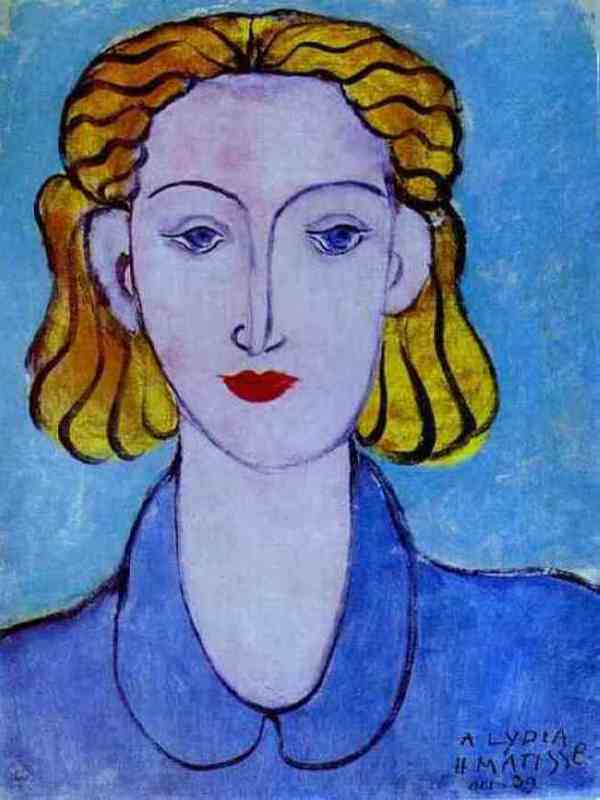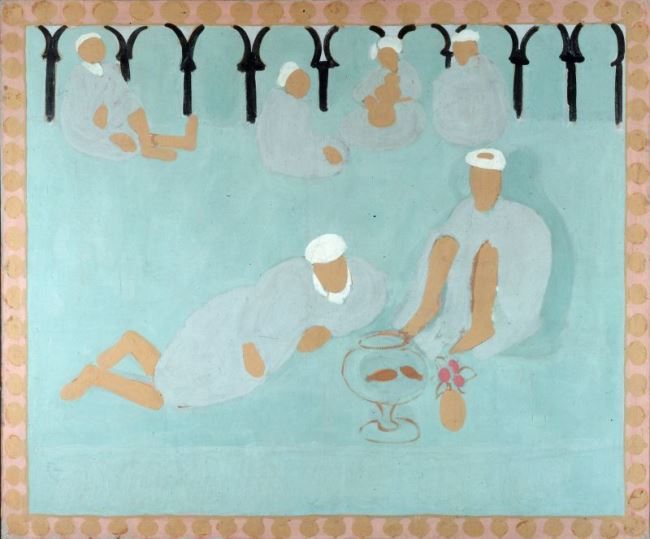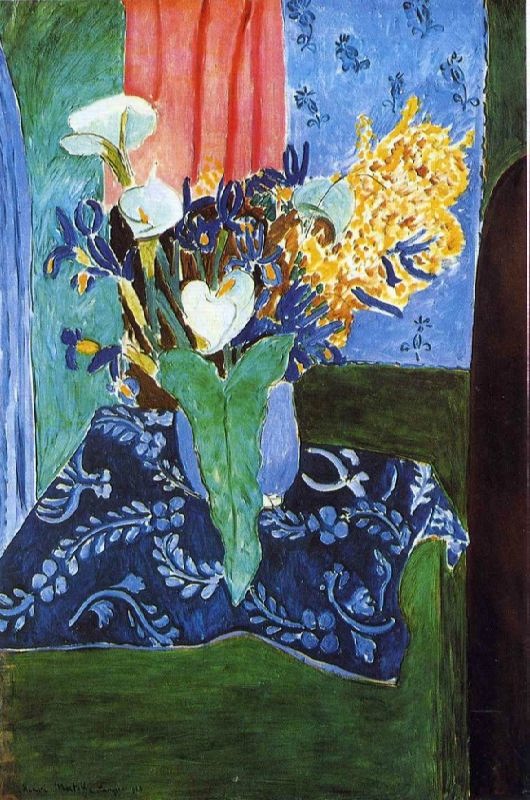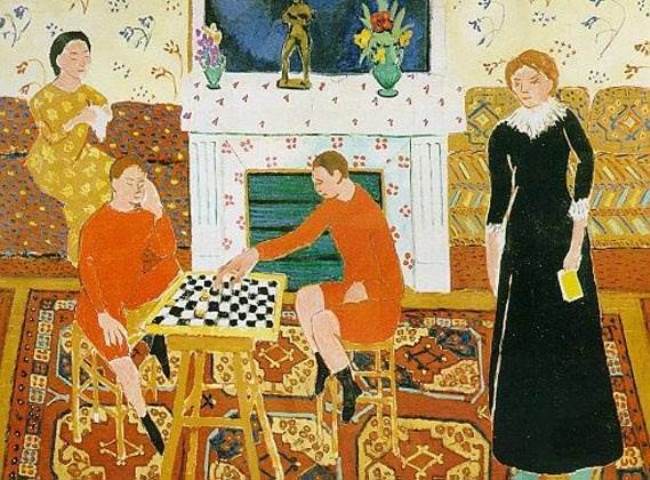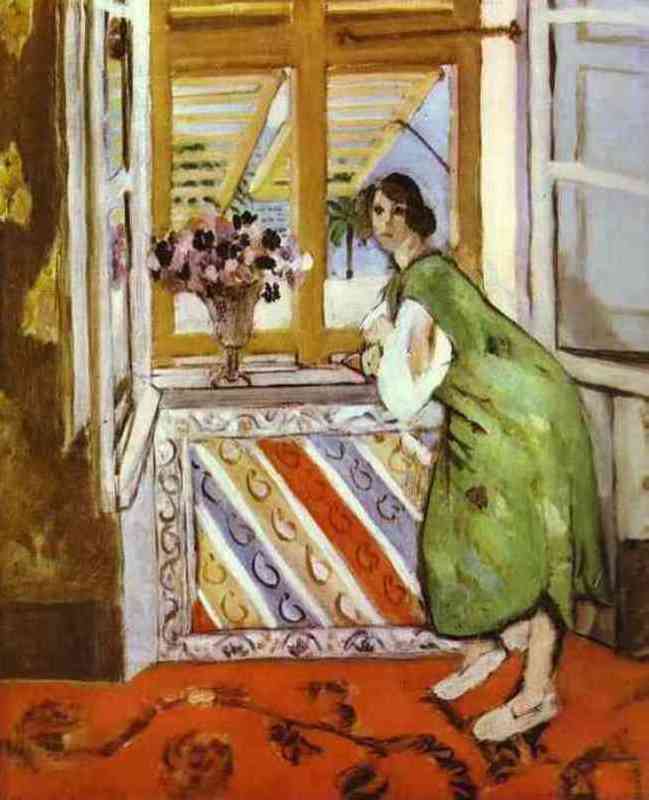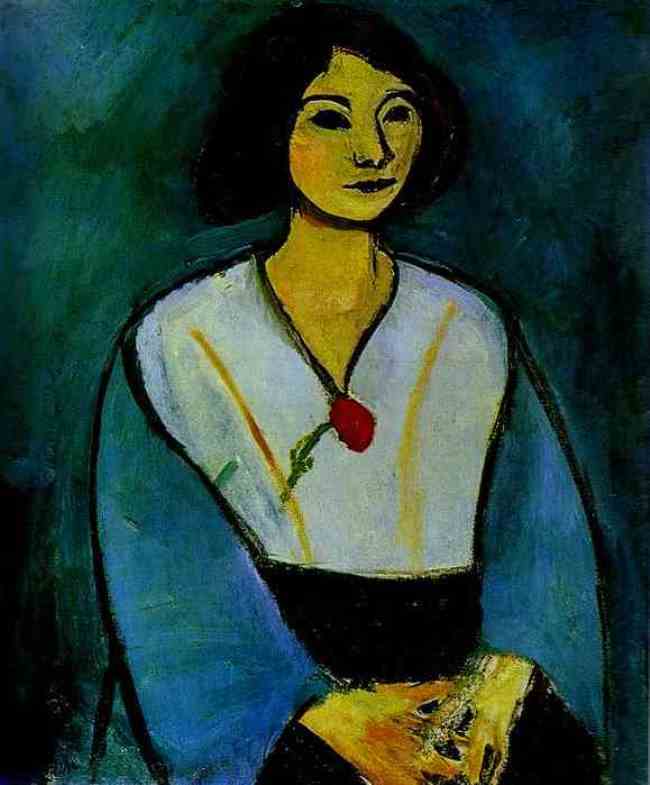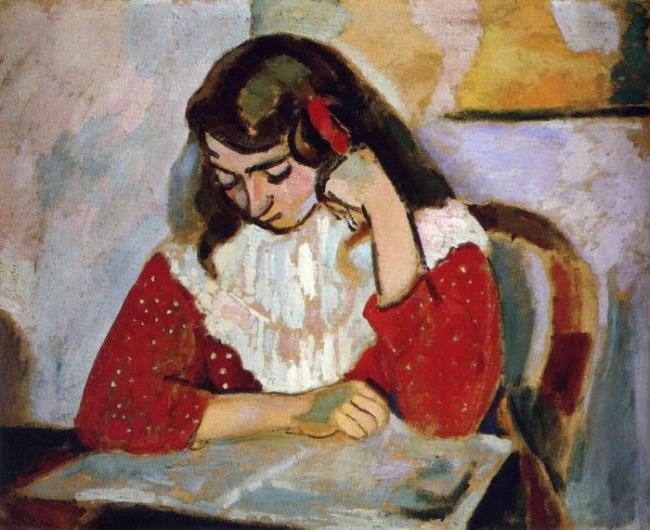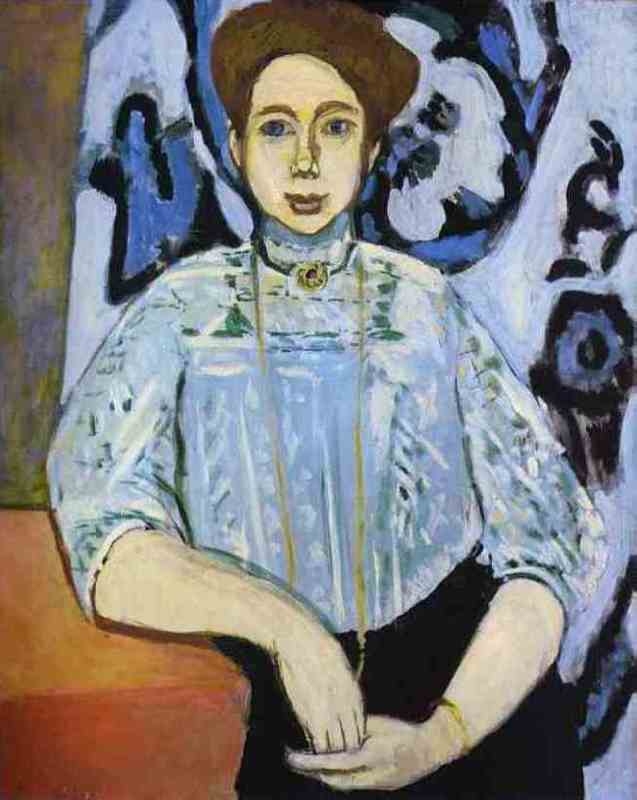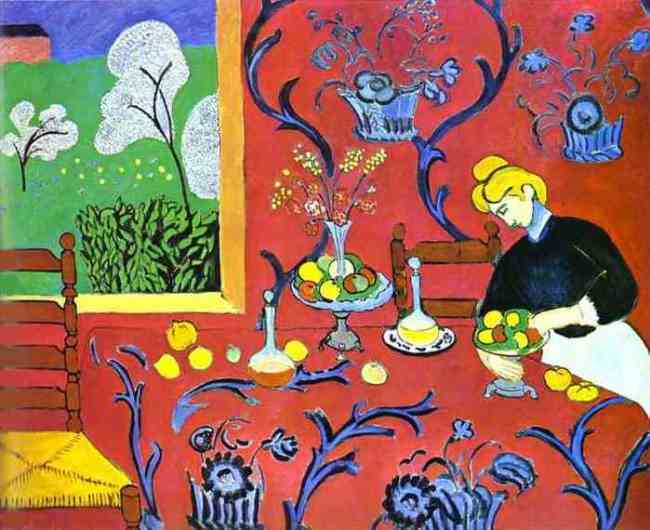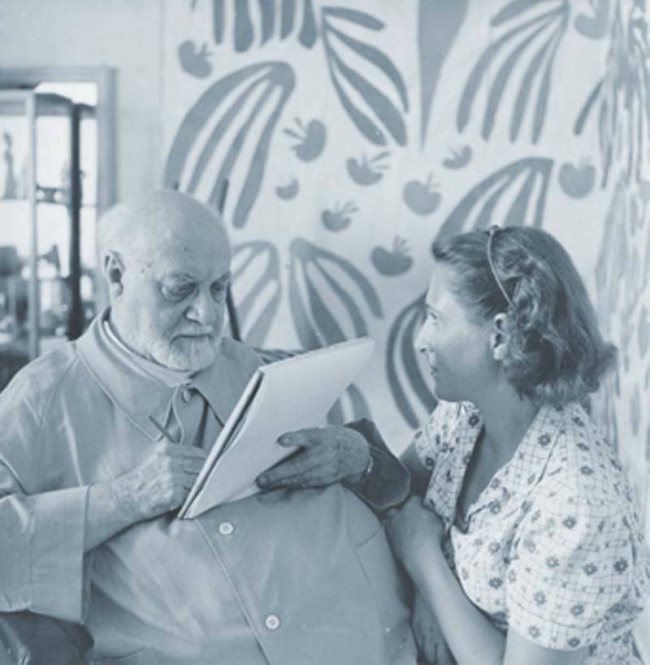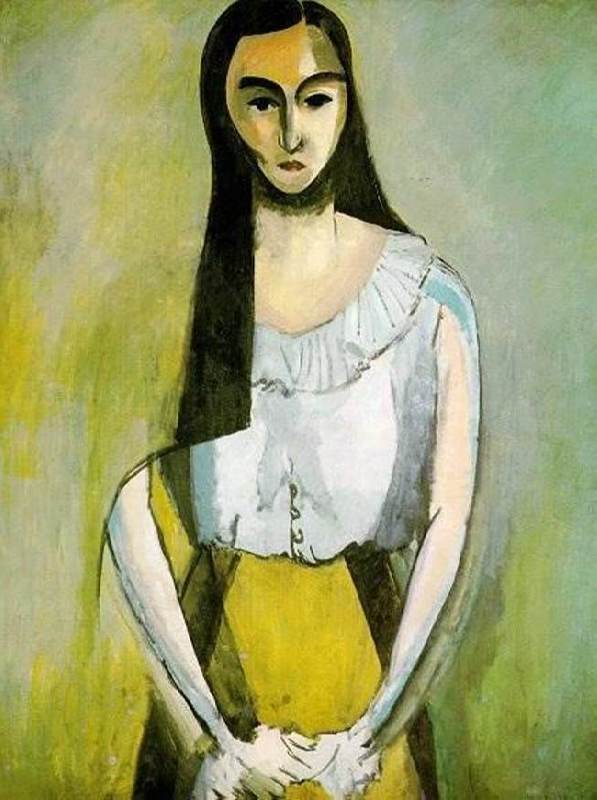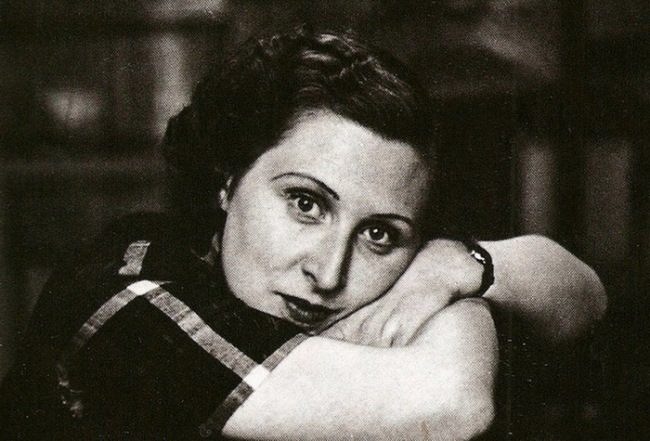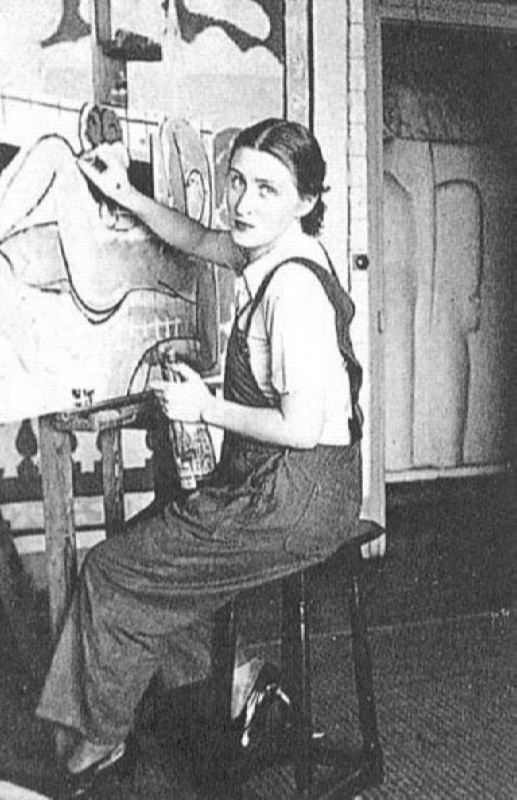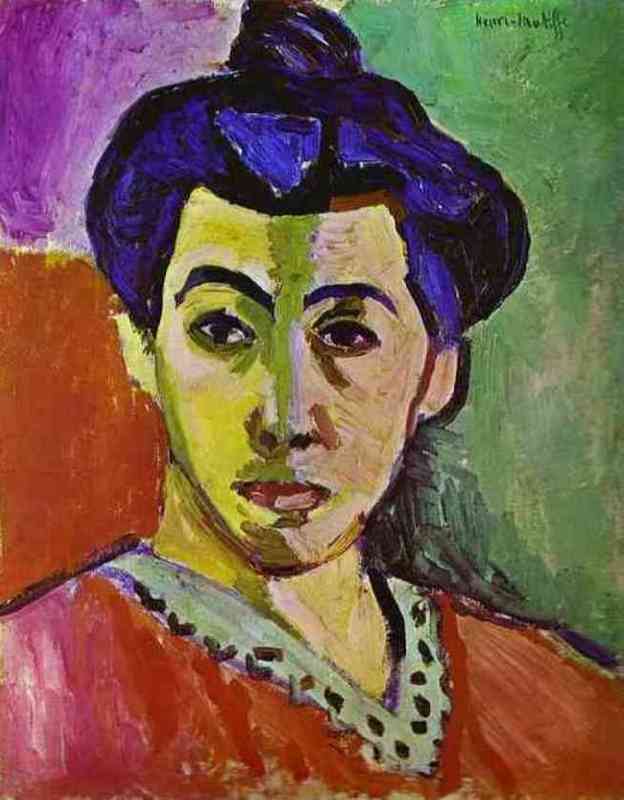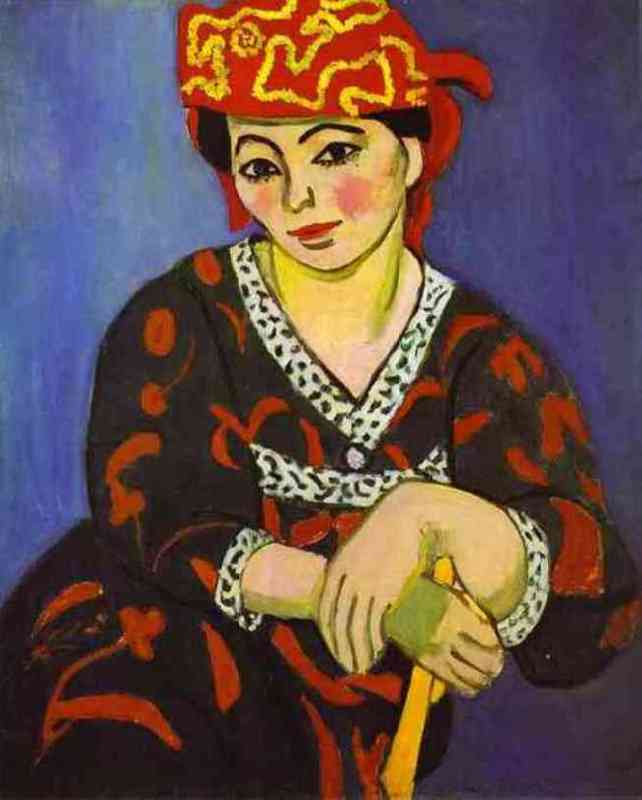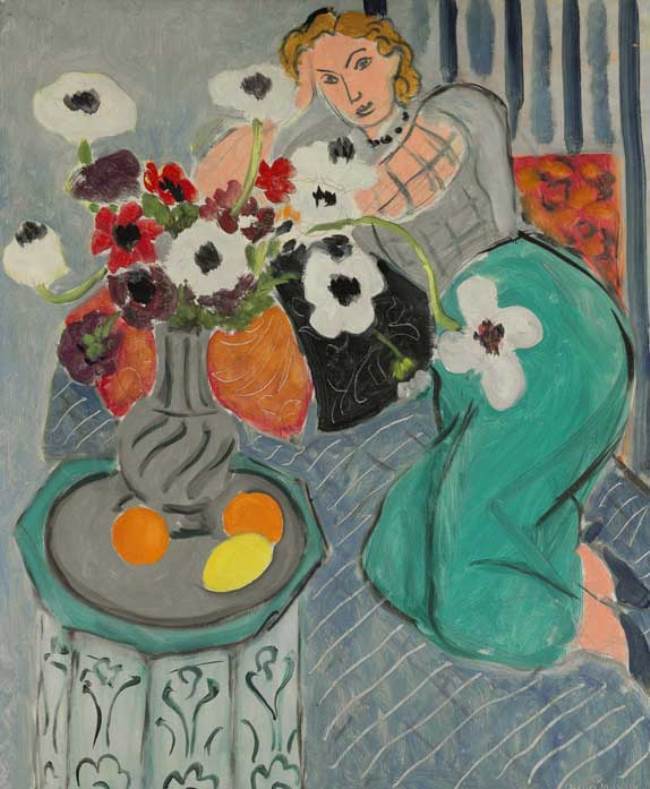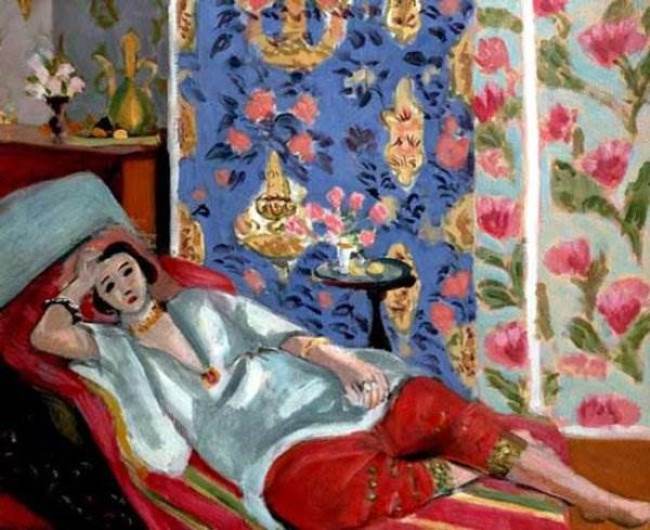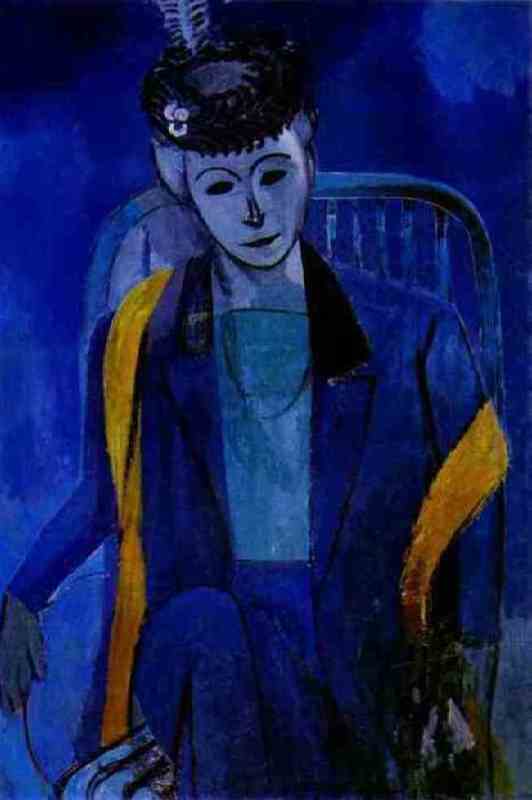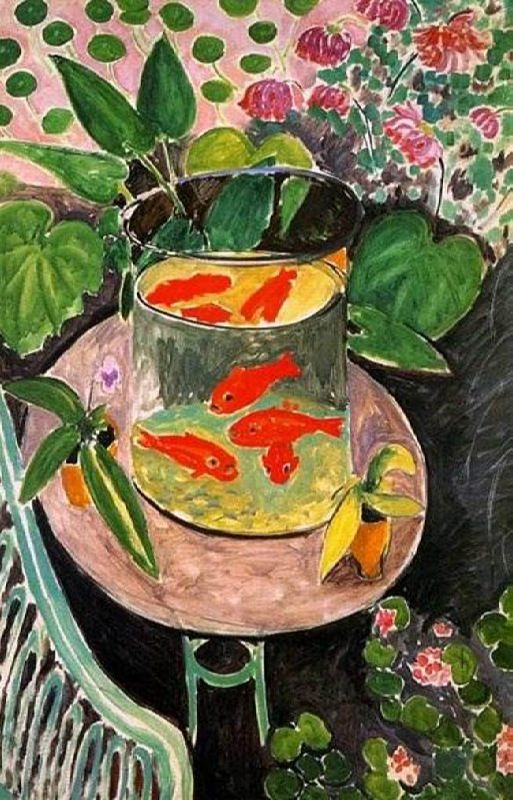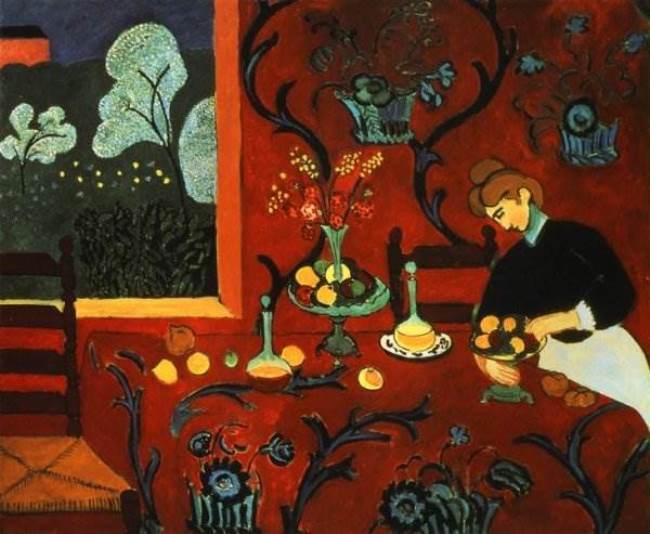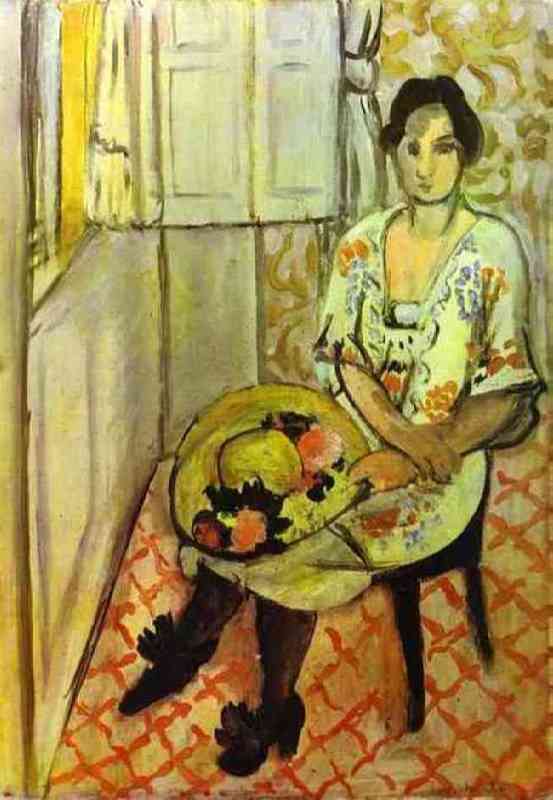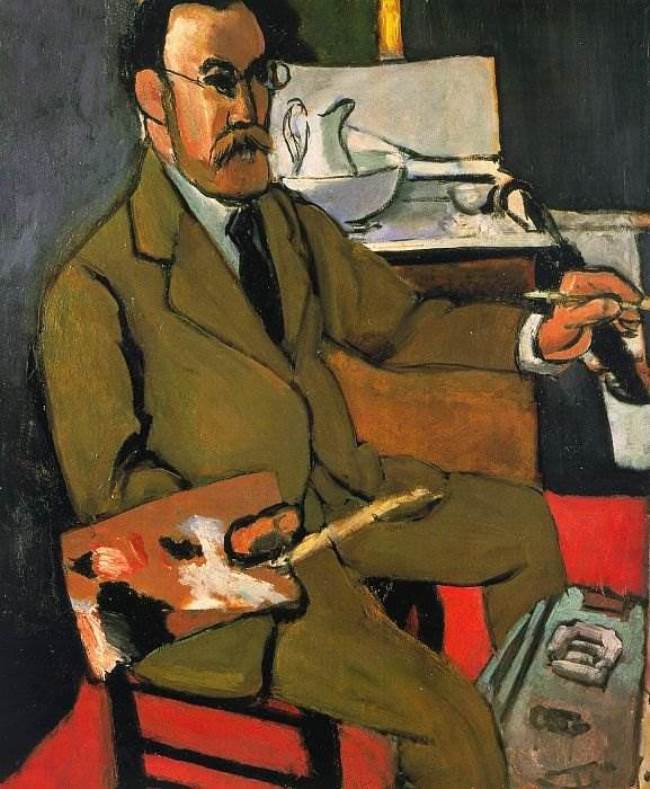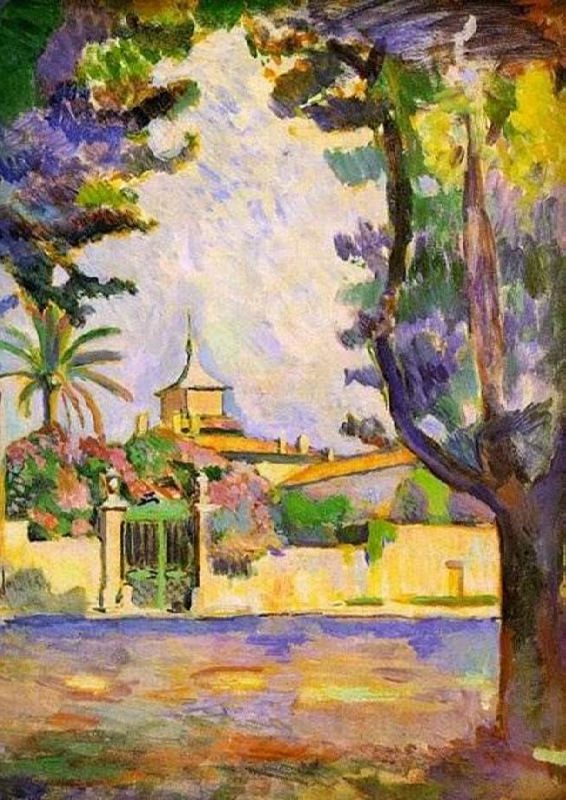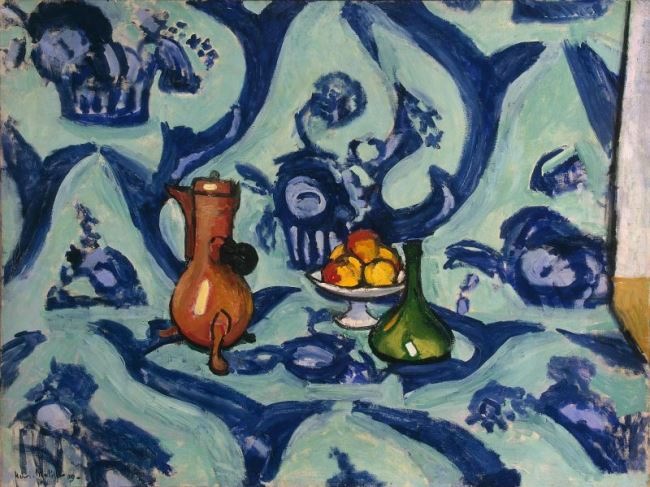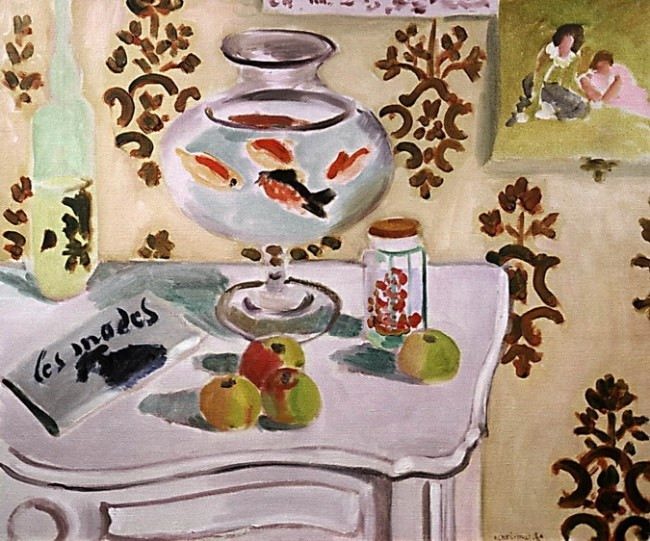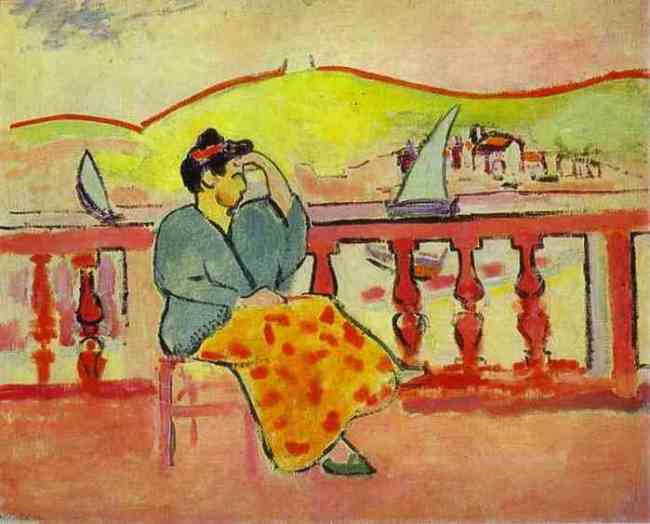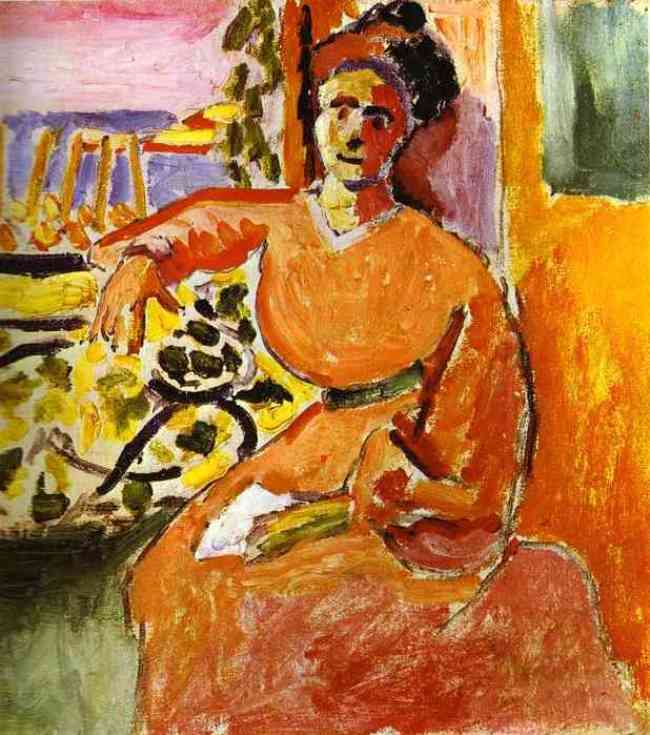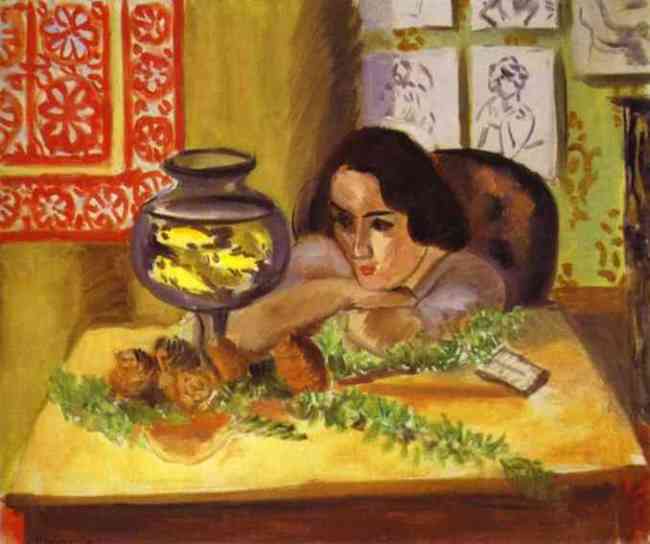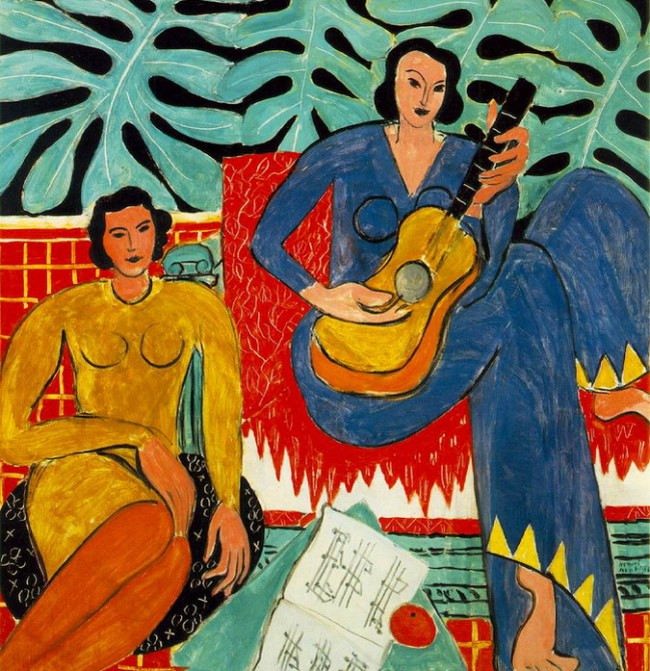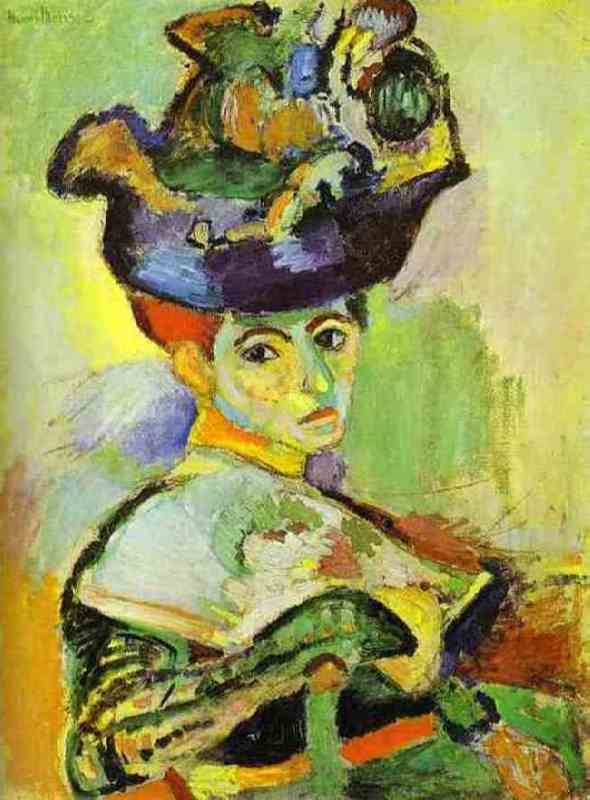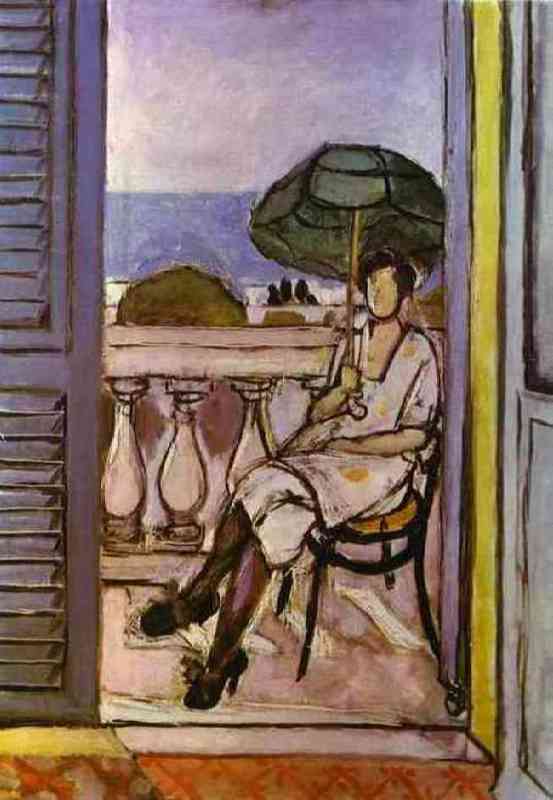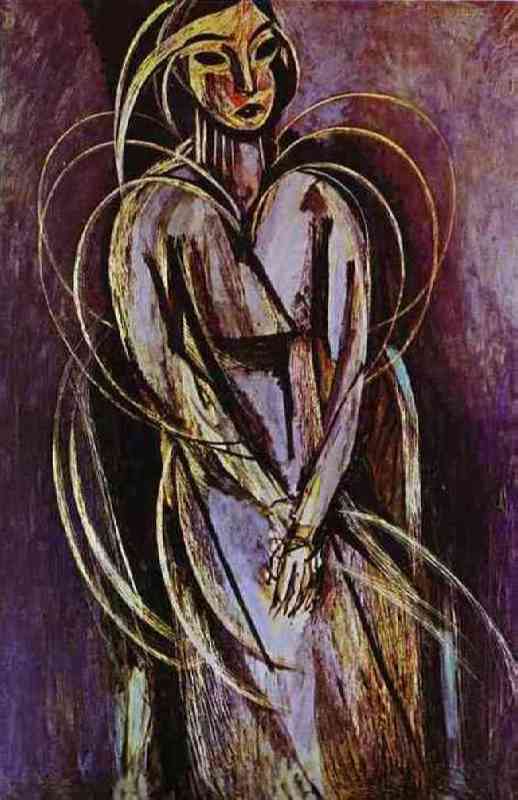Henri Matisse – King of the Fauves
Henri Matisse was a French painter and sculptor, one of the great initiators of the modern art movement and the most outstanding personality of the first revolution in 20th-century art – Fauvism. He was the greatest master of modern sophistication. Matisse was the artist who fulfilled the national tradition of French painting in the modern movement. Matisse was an artist of “light and happiness”, who looked at the world through the prism of joy and beauty. He confessed that he found joy in everything: in the trees, in the sky, in flowers.
Henri Matisse was born on December 31, 1869, at Le Cateau-Cambresis. Matisse’s father was a corn merchant, his mother an amateur painter. From 1887 to 1891 Henri studied law and then decided to go to Paris and become a painter. In 1892 he entered the studio of Gustave Moreau and studied there for 5 years. Moreau encouraged his students to look at nature and to paint outdoors, as well as to frequent the museums.
Matisse married in 1898 and visited London in the same year to study the works of J. M. W. Turner. By the way in 1899 Matisse created his first sculptures.
However, in 1902 the artist, his wife, and their three children were forced to return to Bohain because of material hardship.
Later, in 1904 Matisse had his first one-man show at the gallery of Ambroise Vollard in Paris.
Matisse’s Fauve period extended from 1905 to 1908, during which time he executed a magnificent series of masterpieces. The painting Joie de vivre exhibited in 1906 gained him the title of the King of the Fauves.
His Notes of a Painter, published in La Grande revue in 1908, became the artistic credo of a whole generation.
Between 1908 and 1913 Matisse made journeys to Spain, Germany, Russia, and Africa. Great Matisse exhibitions were held in 1910, 1913, and 1919. By 1919 Matisse had become an internationally known master.
In 1925 Matisse was made chevalier of the Legion of Honor, and in 1927 he received the first prize at the Carnegie International Exhibition at Pittsburgh.
The master died on November 3, 1954, in Cimiez near Nice.
The last two decades of the painter’s life, Russian woman Lydia Delectorskaya was his muse. She was born in 1910 in Tomsk into the family of a doctor. Her intellectual parents died of typhus in the early 1920s. The girl and her aunt flew to Harbin, where Lydia got married. Later the girl and her husband went to Paris. She was forty years younger than Matisse and got into his house in Nice quite by accident. By that time, Lydia’s marriage had broken up. She saw an ad: the artist was looking for help around the house. She became his friend, secretary, executor and best interlocutor. Lydia was very well read and educated. Delectorskaya not only helped Matisse, she also translated into French the works of the remarkable Soviet writer Konstantin Paustovsky.
Paintings presented to her by Matisse Lydia donated to Russian museums. She died in 1998 and was buried, according to the will, in Pavlovsk, Russia.
